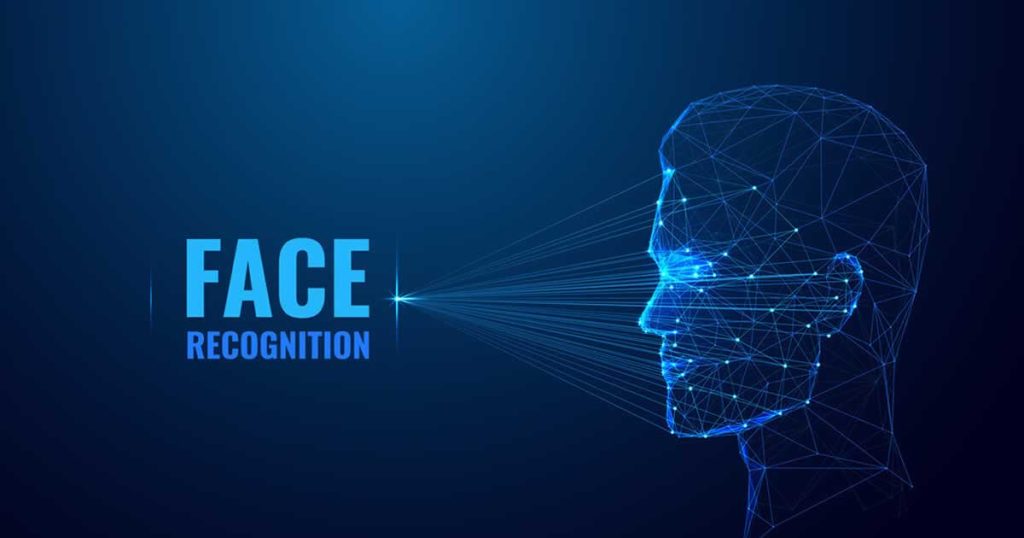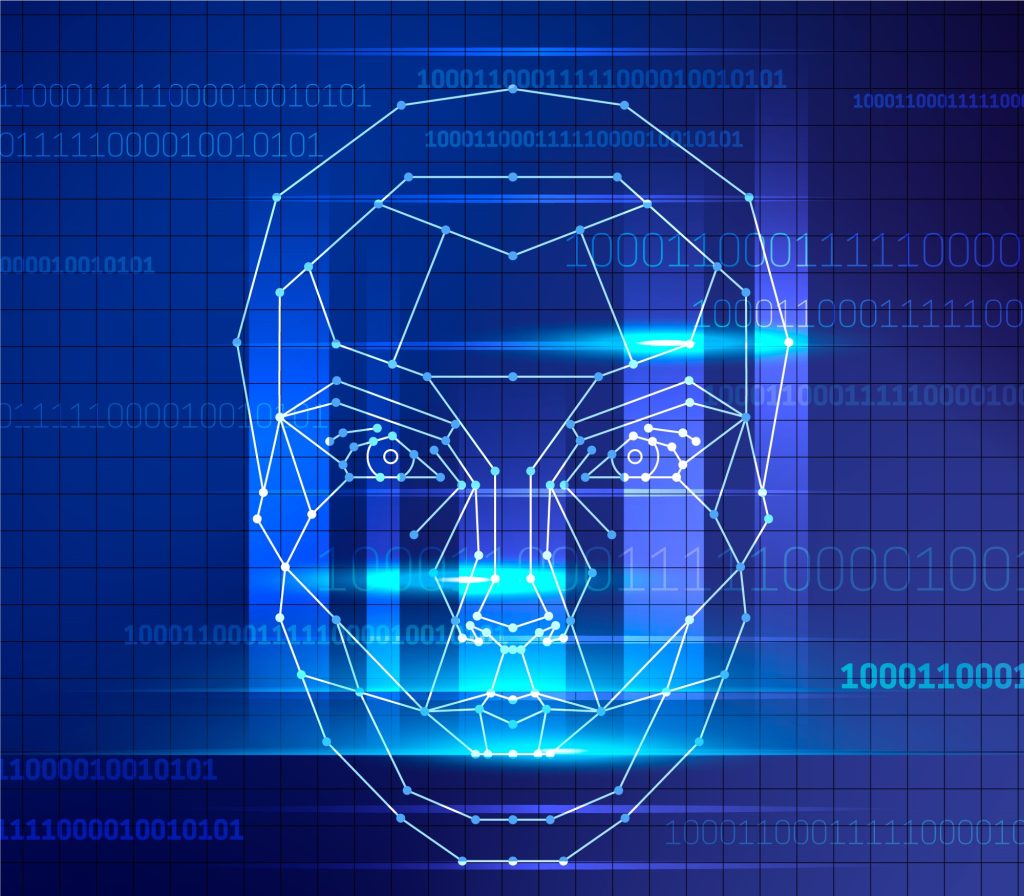The Future of Face Recognition App: Trends and Predictions
Face recognition technology has become an important part of our digital landscape, permeating various aspects of our daily lives. From unlocking smartphones to airport security checks, face recognition apps have revolutionized the way we interact with technology and the world around us. As we look deeper into the digital age, exploring the trends and predictions surrounding the future of face recognition apps provides a landscape ripe with innovation and transformative potential.
Table of Contents
Evolution of Face Recognition Apps
The journey of face recognition apps has been nothing short of remarkable. Initially confined to simple tasks like tagging friends in social media photos, these apps have experienced a profound transformation inspired by advancements in artificial intelligence (AI) and machine learning. Today, modern face recognition apps boast a plenty of capabilities, ranging from identity verification and access control to emotion detection and sentiment analysis.

The evolution of face recognition technology has been driven by a combination of factors, including improvements in hardware capabilities, the addition of large-scale datasets, and breakthroughs in algorithm development. These advancements have not only enhanced the accuracy and reliability of face recognition apps but have also expanded their scope of applications across various industries and domains.
Applications Across Industries
The flexibility of face recognition apps has unlocked a multitude of opportunities across different industries. In the retail sector, these apps are reshaping the shopping experience by enabling personalized recommendations based on facial recognition analysis. Similarly, in healthcare settings, face recognition technology is being Utilized to enhance patient security and streamline administrative processes such as patient check-ins and medical record management.

Moreover, in the area of law enforcement and public safety, face recognition apps are playing a importaant role in criminal investigations and surveillance efforts. From identifying suspects in CCTV footage to monitoring crowd behavior at public events, the applications of face recognition technology in law enforcement are large and complex. However, these applications are not without controversy, as concerns about privacy, bias, and potential misuse continue to grow large.
Privacy Concerns and Ethical Considerations
The Widely utilized of face recognition technology has raised significant privacy concerns and ethical considerations. The collection, storage, and analysis of facial data raise questions about consent, data security, and the potential for misuse or abuse. Furthermore, there are concerns about the accuracy and fairness of face recognition algorithms, particularly when it comes to recognizing individuals from different demographic groups.
The deployment of face recognition apps in public spaces and surveillance systems has started conversations about the balance between security and privacy, with critics disputing that Dedicated surveillance breaks upon civil risks and makes things better existing societal inequalities. As such, there is a pressing need for strong regulatory frameworks and ethical guidelines to rule the responsible development and deployment of face recognition technology.
Advancements in Biometric Authentication
Biometric authentication, including face recognition, is emerging as a preferred method of identity verification in various domains, including finance, healthcare, and e-commerce. Unlike traditional authentication methods such as passwords and PINs, biometric authentication offers a seamless and secure user experience, eliminating the need for users to remember complex passwords or carry physical tokens.
Face recognition apps are at the forefront of this biometric revolution, offering a convenient and reliable means of verifying user identities across a wide range of applications. From unlocking smartphones and authorizing mobile payments to accessing secure facilities and verifying age-restricted content, the applications of face recognition technology in biometric authentication are different and far-reaching.
Integration with Augmented Reality (AR) and Virtual Reality (VR)
The integration of face recognition technology with augmented reality (AR) and virtual reality (VR) has opened up new frontiers in interactive entertainment and digital communication. AR face filters, popularized by social media platforms like Snapchat and Instagram, allow users to overlay virtual masks, effects, and animations onto their faces in real-time, transforming selfies into unique and engaging experiences.
Similarly, in the realm of virtual reality, face recognition technology is being utilized to create lifelike avatars and enhance social interactions in virtual environments. From virtual meetings and conferences to multiplayer gaming experiences, the integration of face recognition technology with AR and VR promises to revolutionize the way we engage with digital content and interact with one another in virtual spaces.

Enhanced Security and Surveillance
In an increasingly interconnected and digitized world, the need for strong security and surveillance measures has never been greater. Face recognition technology offers a powerful tool for enhancing security and surveillance efforts across various domains, including transportation, border control, and critical infrastructure protection.
From airport security checkpoints and border crossings to public transportation hubs and sporting venues, face recognition apps are being deployed to identify potential threats, track suspicious behavior, and deter criminal activity. While these applications hold promise for enhancing public safety and security, they also raise concerns about privacy, civil liberties, and the potential for misuse or abuse of surveillance technologies.
Challenges and Opportunities for Innovation
Still its many advancements and applications, face recognition technology faces several challenges that present opportunities for further innovation and improvement. One of the primary challenges is ensuring the accuracy and fairness of face recognition algorithms, particularly in diverse and dynamic environments with varying lighting conditions, camera angles, and facial expressions.
Moreover, there is a need to address concerns about bias and natural partiality in face recognition systems, which can lead to differences in identification accuracy across different demographic groups. Additionally, there are technical challenges related to scalability, compatibility, and data security that must be overcome to realize the full potential of face recognition technology in real-world applications.
However, these challenges also present opportunities for innovation and collaboration across academia, industry, and government sectors. By investing in research and development, supporting comprehensive partnerships, and prioritizing ethical considerations, we can overcome the limitations of current face recognition technology and unlock its transformative potential for the benefit of society as a whole.

The Future of Face Recognition Apps: Predictions
Looking ahead, the future of face recognition apps is full to overflowing with possibilities and potential. Here are some predictions for the direction in which this technology is headed:
a. Seamless Integration into Everyday Life:
Face recognition apps will become seamlessly integrated into various aspects of our daily lives, from unlocking smartphones and accessing secure facilities to verifying identities for online transactions and interactions.
b. Personalized User Experiences:
Advances in AI and machine learning will enable face recognition apps to deliver highly personalized user experiences, tailored to individual preferences, behaviors, and contexts. From adaptive interfaces and content recommendations to emotion-sensitive interactions and dynamic avatars, the applications of personalized face recognition technology are limitless.
c. Enhanced Accessibility Features:
Face recognition technology will play a important role in developing innovative accessibility features for individuals with disabilities, such as facial recognition-based navigation systems for the visually compromised, speech-to-text translation for the hearing compromised, and gesture-based interactions for individuals with mobility limitations.
d. Continued Focus on Privacy and Security:
There will be a growing priority on enhancing the privacy and security features of face recognition apps, including strong encryption protocols, distributed data storage solutions, and user-controlled consent mechanisms. Moreover, there will be increased examination and accountability regarding the ethical and responsible use of face recognition technology, with stakeholders across the ecosystem working together to ensure transparency, fairness, and accountability.
e. Ethical Standards and Regulation:
Policymakers, regulators, and industry groups connected will collaborate to establish comprehensive ethical standards and regulatory frameworks deciding the development, deployment, and use of face recognition technology. These standards and regulations will address concerns related to data privacy, consent, bias, disadvantage, accountability, and transparency, ensuring that face recognition technology is deployed in a responsible, ethical, and socially beneficial manner.
Conclusion
In conclusion, the future of face recognition apps holds massive promise and potential, with a multitude of trends and predictions shaping the direction of this transformative technology. From personalized user experiences and enhanced accessibility features to strong privacy and security measures, face recognition technology has the power to revolutionize the way we interact with technology and each other.
However, realizing this potential requires a concerted effort to address the technical, ethical, and societal challenges associated with face recognition technology. By creating collaboration, innovation, and responsible management, we can collect the full potential of face recognition technology to create a safer, more inclusive, and more equitable future for all. As we start on this journey, let us work to build a world where technology serves as a force for good, empowering individuals, enriching communities, and advancing the collective well-being of humanity.

